
机械测试实验技术(英文版)
正版现货,品相完整,套书只发一本,多版面书籍只对书名
¥ 60.6 九品
仅1件
北京海淀
认证卖家担保交易快速发货售后保障
作者Sang、Yong 著
出版社科学出版社
出版时间2020-01
版次1
装帧平装
上书时间2024-06-24
- 在售商品 暂无
- 平均发货时间 23小时
- 好评率 暂无
- 最新上架
商品详情
- 品相描述:九品
图书标准信息
- 作者 Sang、Yong 著
- 出版社 科学出版社
- 出版时间 2020-01
- 版次 1
- ISBN 9787030648334
- 定价 60.00元
- 装帧 平装
- 开本 16开
- 纸张 胶版纸
- 页数 154页
- 【内容简介】
-
¡¡¡¡This textbook is mainly suitable for bilingual or English experimental teaching of measurement technology in mechanical engineering. It is usually a compulsory professional course for mechanical students. At present£¬ there are only Chinese textbooks in China£¬ and no relevant textbooks in English or bilingual languages. I have been teaching measurement technology since 2007. In my teaching work£¬ I pursue a teaching study with a rigorous attitude and get a good teaching effect. Since 2012£¬ I have offered an English-language course in measurement technology. This course is mainly for international mechanical classes £¨English£© and regular classes £¨bilingual languages£©. In the training mode£¬ I refer to the experience of well-known foreign universities and use the small class to teach. I have received 4 education reform projects and won the Dalian University of Technology Award for Teaching Quality in 2015 and 2016£¬ respectively. During teaching£¬ I carefully prepared handouts£¬ PPT slides£¬ problem sets£¬ and experimental tutorials. The self-edited experimental lecture has been used for 6 years£¬ and the teaching effect is excellent£¬ which is unanimously recognized by the students. The publication of this textbook is based on the pre-edited English handouts. This textbook is conducive to expanding international cooperation and exchanges£¬ introducing advanced foreign education£¬ teaching concepts and models£¬ deepening education and teaching reform£¬ innovating training models£¬ and training a group of high-level international innovation talents with solid disciplines. The content of the textbook also has guiding significance for the design of mechanical equipment£¬ especially the measurement and control system of the major equipment.
¡¡¡¡I have been engaged in teaching for 12 years £¨6 years for experimental teaching£© and have published two textbooks £¨one in Chinese and one in English£©. My Chinese teaching experience has laid a solid foundation for the publication of English language textbook. In the process of writing this textbook£¬ I have comprehensively considered the current situation of teaching in Chinese and the characteristics of internationally renowned Universities. It is expected to be compatible with Chinese textbooks and with the textbooks of similar universities.
¡¡¡¡Engineer Miao Huaming and engineer Wen Feng have been engaged in experimental teaching in Chinese for decades. They have selflessly provided many Chinese teaching materials and teaching experience. Chapter 1 and chapter 7 were written by Sang Yong£¬ Chapter 2£¬ Chapter4 and Chapter 5 by Sang Yong and Miao Huaming£¬ and Chapter 3 and Chapter 6 by Sang Yong and Wen Feng. I am thankful to the education reform fund of Dalian University of Technology £¨No£º JC2019013£© and National Natural Science Foundation of China £¨No£º 51975082£© for the publication. I am very grateful to the following people£º Prof. Wang dianlong£¬ Prof. Duan Fuhai£¬ Prof. Zhang Jun£¬ etc. who presented valuable suggestions. My graduate students£¬ Mr. Sun Weiqi£¬ Mr. Zhao Jianlong and Mr. Sun Peng£¬ have made important contributions to checking grammatical errors and drawing high-resolution schematics. Without the above help£¬ this textbook cannot be published smoothly.
¡¡¡¡Last but not least£¬ I would like to express my gratitude to my family. This work could not have been finished without their support£¬ encouragement and love. - 【目录】
-
Contents
Preface
Chapter 1 Introduction 1
1.1 Basic Concepts of Measurement Technology 3
1.2 Contact Measurement Technology 6
1.3 Non-Contact Measurement Technology 7
1.4 Commonly Used Instrumentations 8
1.4.1 Multimeter 8
1.4.2 Oscilloscope 10
1.4.3 Signal Generator 11
1.4.4 DC Power Supply 12
1.4.5 Counters 13
1.4.6 Spectrum Analyzer 13
1.4.7 Thermostat Soldering Station 14
1.5 Data Acquisition Devices 15
1.6 Improving the Laboratory Report 17
1.7 Summary 20
Chapter 2 Static Calibration Experiment 21
2.1 Purposes of the Experiment 21
2.2 Laboratory Instruments and Equipment 22
2.3 Construction and Operating Principles 22
2.3.1 Load Rings 22
2.3.2 Piezoelectric Force Sensor 23
2.3.3 Charge Amplifier 27
2.4 Experimental Procedure 28
2.5 Experimental Data Processing 30
2.6 Lab Report Questions 34
2.7 Summary 36
Chapter 3 Vibration Measurement Experiment 37
3.1 Purposes of the Experiment 38
3.2 Laboratory Instruments and Equipment 39
3.3 Construction and Operating Principles 39
3.3.1 Data Acquisition System 39
3.3.2 Nyquist-Shannon Sampling Theorem 40
3.3.3 Description of the Vibration Signal 41
3.3.4 Virtual Instrument 44
3.3.5 Vibration Velocity Sensor 47
3.3.6 Conveyor Bench 49
3.4 Experimental Procedure 49
3.5 Experimental Data Processing 50
3.6 Lab Report Questions 51
3.7 Summary 53
Chapter 4 Dynamic Characteristic Experiment 54
4.1 Purposes of the Experiment 54
4.2 Laboratory Instruments and Equipment 55
4.3 Construction and Operating Principles 55
4.3.1 Light-Beam Oscillograph 55
4.3.2 Mathematical Model of the Galvanometer 59
4.3.3 Signal Generator 63
4.4 Experimental Procedure 64
4.5 Experimental Data Processing 67
4.6 Lab Report Questions 68
4.7 Summary 69
Chapter 5 Correlation Analysis Experiment 70
5.1 Purposes of the Experiment 70
5.2 Laboratory Instruments and Equipment 71
5.3 Construction and Operating Principles 71
5.3.1 Autocorrelation and Cross-Correlation Function 71
5.3.2 Frequency Detector 72
5.3.3 Detection Principle 73
5.3.4 Correlation Filtering Principle 75
5.3.5 Electronic Oscilloscope 76
5.4 Experimental Procedure 79
5.5 Experimental Data Processing 81
5.6 Lab Report Questions 84
5.7 Summary 84
Chapter 6 Strain Measurement Experiment 85
6.1 Purposes of the Experiment 85
6.2 Laboratory Instruments and Equipment 86
6.3 Construction and Operating Principles 86
6.3.1 Stress and Strain 86
6.3.2 Strain Gauges 88
6.3.3 DC Bridge Circuit 90
6.3.4 Quarter/Half/Full-Bridge Strain Gauge Circuit 91
6.3.5 Unbalanced and Balanced Bridge Circuit 94
6.4 The Bonding of Strain Gauges 96
6.5 Experimental Procedure 99
6.6 Experimental Data Processing 101
6.7 Lab Report Questions 103
6.8 Summary 104
Chapter 7 Independent Innovation Experiment 105
7.1 Purposes of the Experiment 106
7.2 Laboratory Instruments and Sensors 106
7.3 Experimental Hardware Designs 107
7.3.1 Temperature Measurement 108
7.3.2 Pressure Measurement 113
7.3.3 Displacement Measurement 119
7.3.4 Paperless Chart Recorder 125
7.3.5 Signal Conditioning Module 128
7.3.6 Serial Interface 129
7.3.7 USB3104A DAQ Device 130
7.4 LabVIEW Programming Fundamentals 136
7.4.1 Introduction to LabVIEW Programming 136
7.4.2 AI-VI Programming 136
7.4.3 AO-VI Programming 141
7.4.4 DI/DO-VI Programming 144
7.5 Lab Report Questions 147
7.6 Summary 147
References 149
Index 151
点击展开
点击收起
相关推荐
— 没有更多了 —




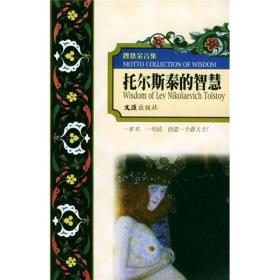
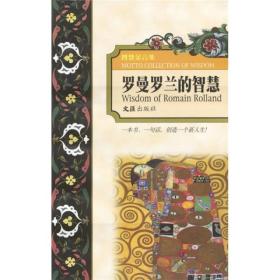

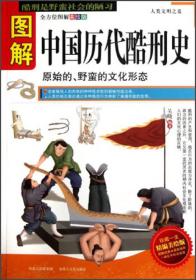

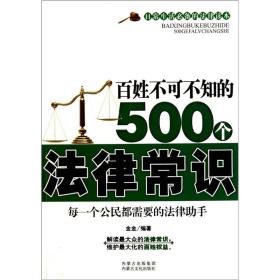



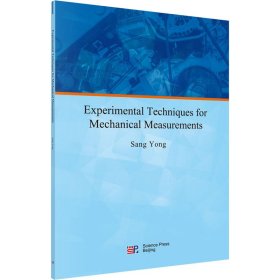
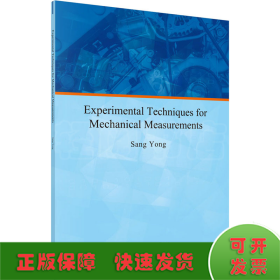




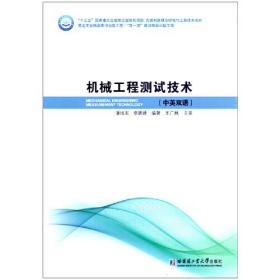
以下为对购买帮助不大的评价